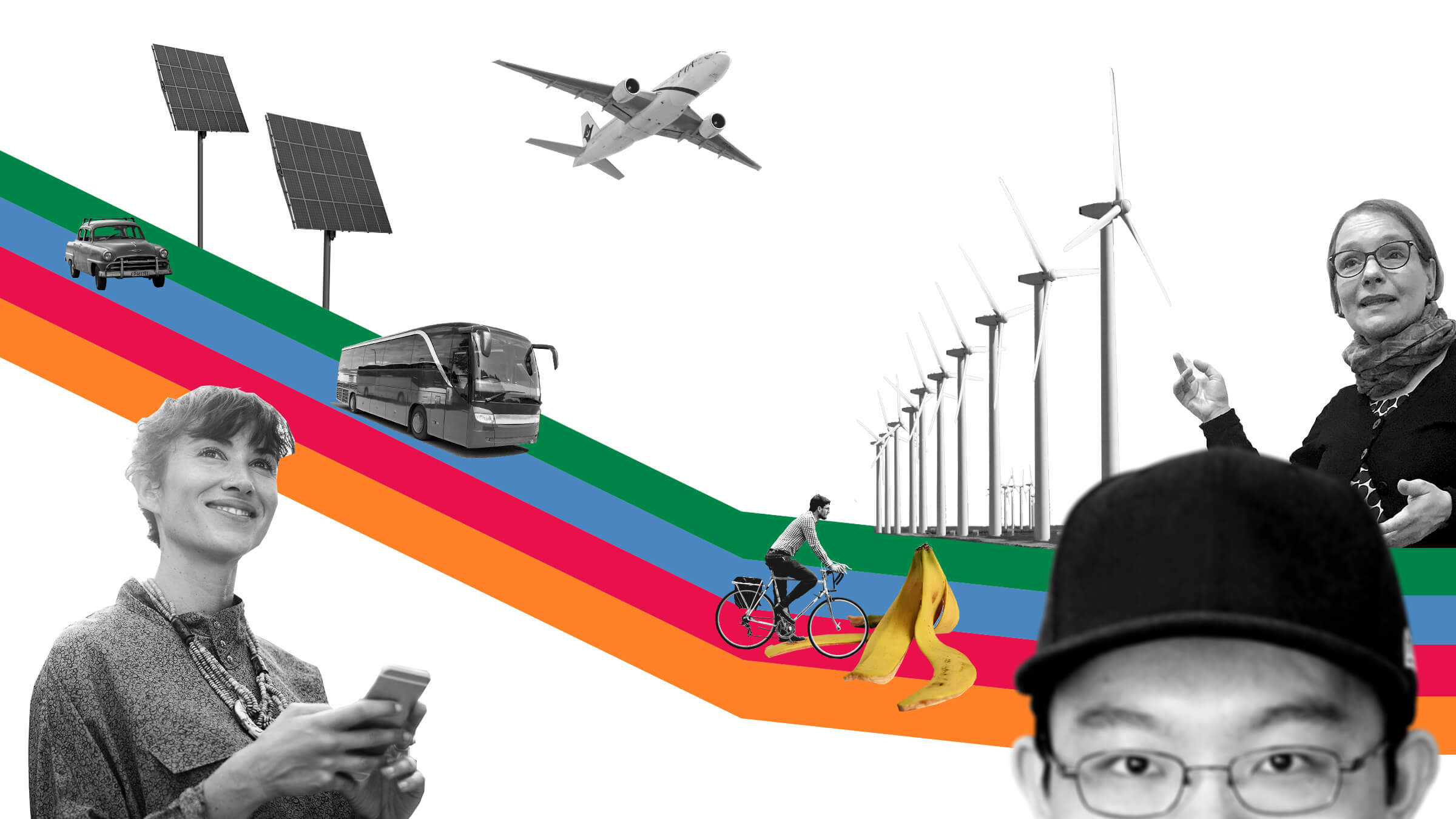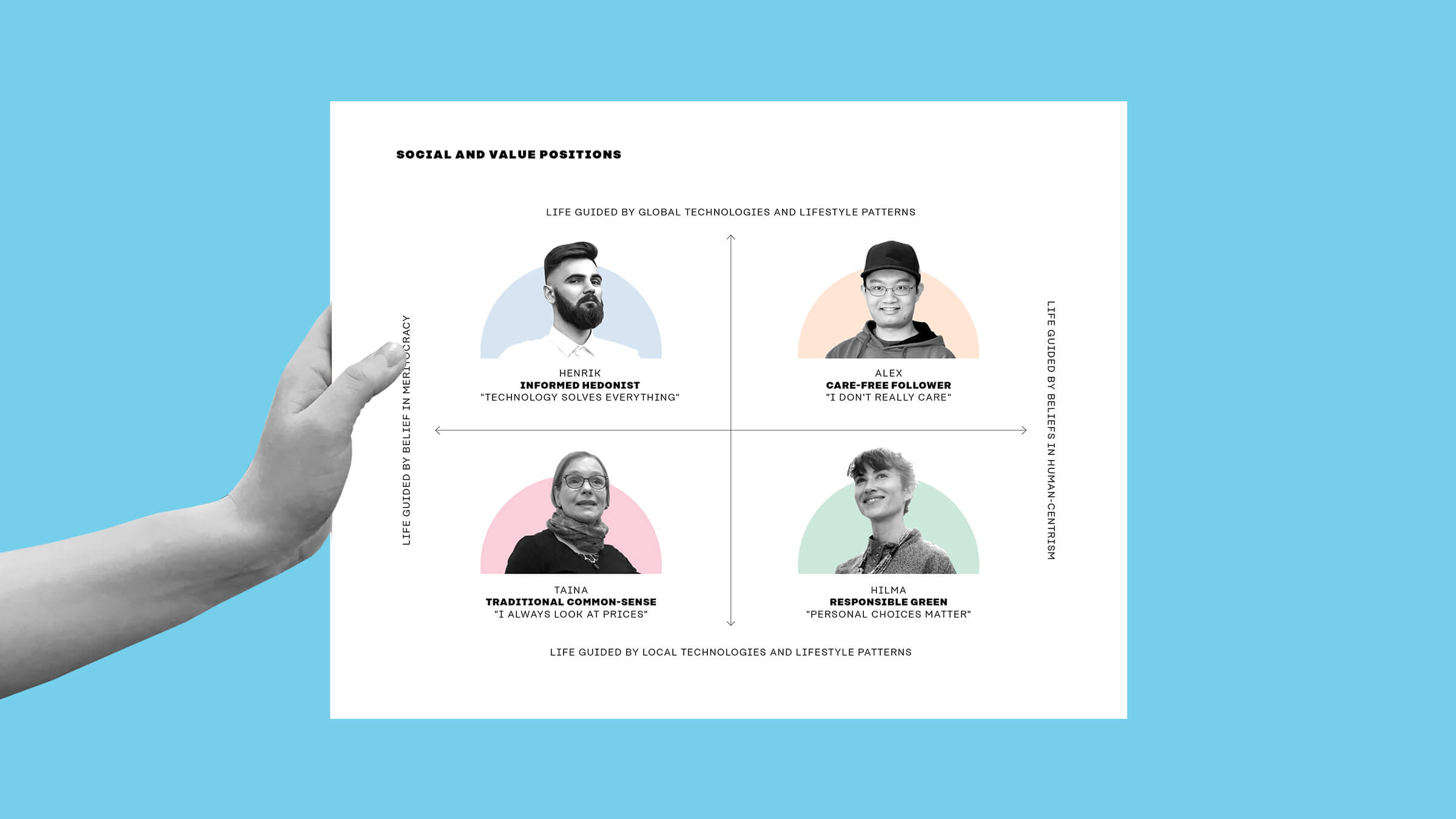The climate crisis we are facing demands that we all reduce our personal carbon footprints. This requires action from everyone. The way we live, travel and eat and what we buy has a significant impact on the environment.
A sustainable lifestyle does not mean that we all need to live our lives the same way. There are many choices we can take and paths to choose from. To help explain these different pathways, Sitra and Demos Helsinki have imagined four alternative lifestyles that will help meet the 2030 targets. The report “Pathways to 1.5-degree lifestyles by 2030” looks into what these choices will mean for the life of four different fictional characters with very different lifestyles, values and motivations.
The pathways consist of changes in individual, civic and political actions as well as consumer choices.
“All the people used as examples in our report were able to significantly reduce their carbon footprints by 2030,” says Sitra’s project director Markus Terho. “Significant reductions in our carbon footprint are possible, no matter how different our lifestyles and motivations are. The key is how society enables people to change.”
Get to know the characters
The four fictional characters – Taina, Alex, Henrik and Hilma – all need different kinds of support, different products and different means of communication, seeing as their values and motivations are so different. What is common to them is that they all need to feel that the transition is fair.
The pathways consist of a set of changes in individual, civic and political actions, as well as in consumer choices and technologies. The changes portrayed are not only motivated by climate consciousness but occur as an organic part of the lives these people live: they grow up, move to a new apartment or start a new hobby, and so forth. Given the right conditions, these moments of change can take a sustainable path. This, however, can only happen with policies that enable the change and with low-carbon commercial choices to suit each lifestyle that are accepted as the default option.
Staying with the 1.5 degree target for global warming
The IPCC report in 2018 gave urgency to the climate debate: staying within the 1.5-degree target for global warming is still possible but requires urgent action within the next decade. The 1.5-degree target means that within just a decade, by 2030, the carbon footprint of the average Finnish lifestyle needs to decrease from the current 10 tCO2e to 2.5 tCO2e.



Recommended
Dive in deeper.